England's most at-risk buildings
- Published
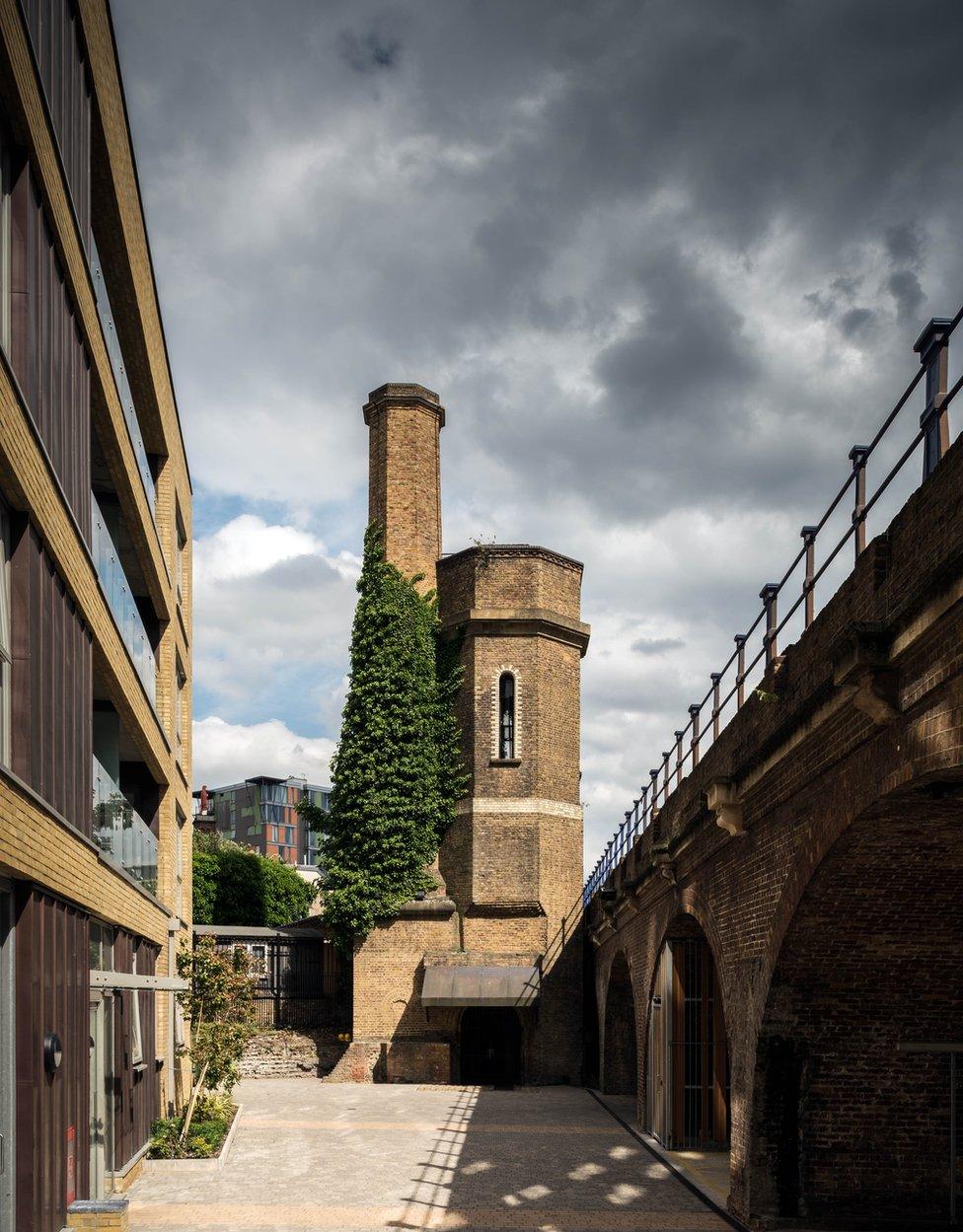
A total of 328 new "at risk" entries have been added to this year's list. One example is this 1869 octagonal accumulator tower, which is the last surviving one of three built in Regent’s Canal Dock in London, now known as Limehouse Basin. They were once connected to a pumping station which used the power of water to operate cranes around the dock. The accumulator tower ensured that the water pressure did not drop in times of high demand. It is now at risk because of water damage, vegetation growth and graffiti.

Cornwall's Trethevy Quoit is an example of a chambered tomb dating from the Early Neolithic period. It has been added to the Register as a result of increased erosion by livestock as well damage to the field and land caused by fencing.
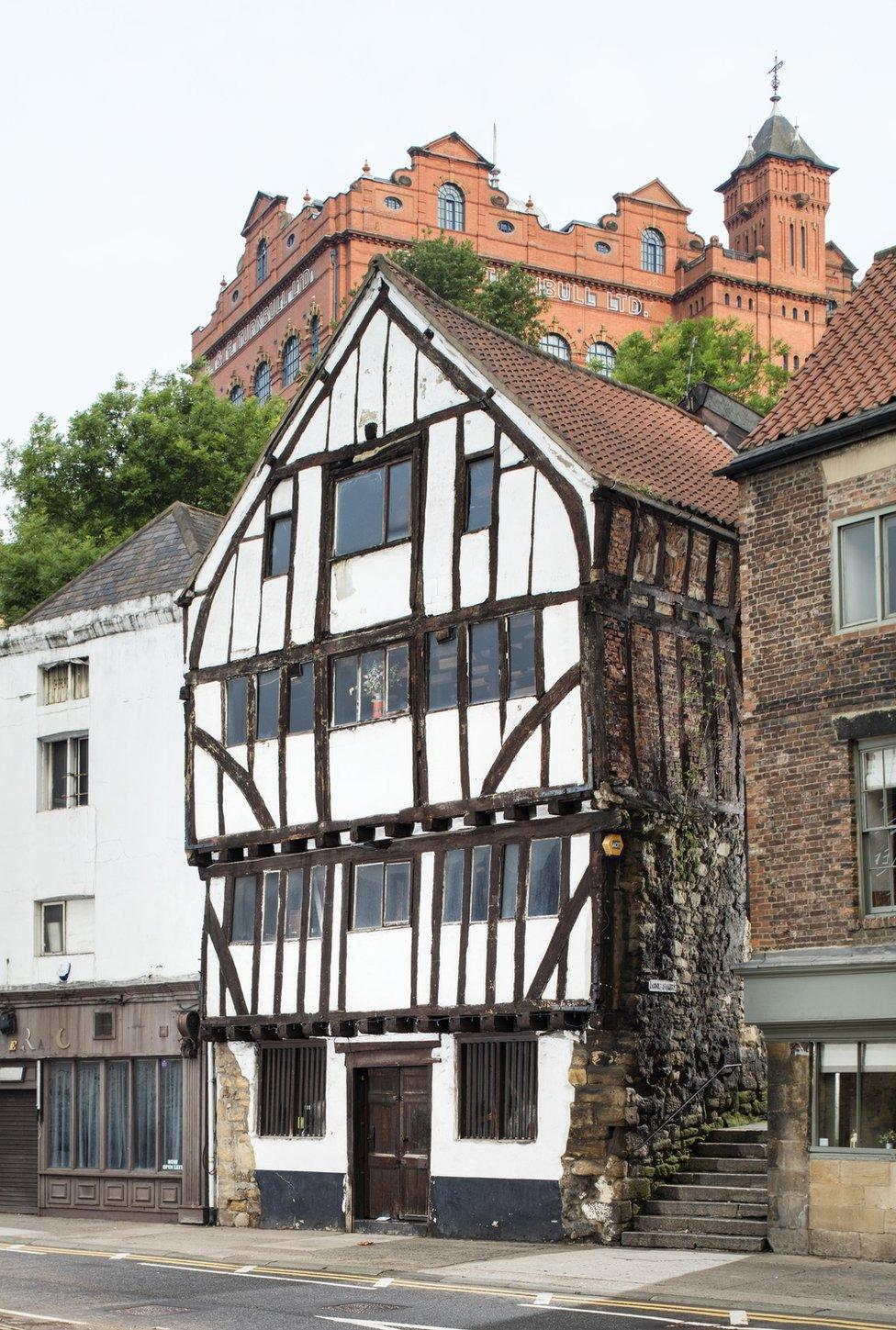
The Cooperage is the most complete timber-framed building from the late medieval period in Newcastle. Built in the first half of the 16th century as a merchant’s house, it was most recently used as a bar. But since its closure in 2005, it has fallen into disrepair because of neglect and lack of regular maintenance, despite being Grade II* listed.
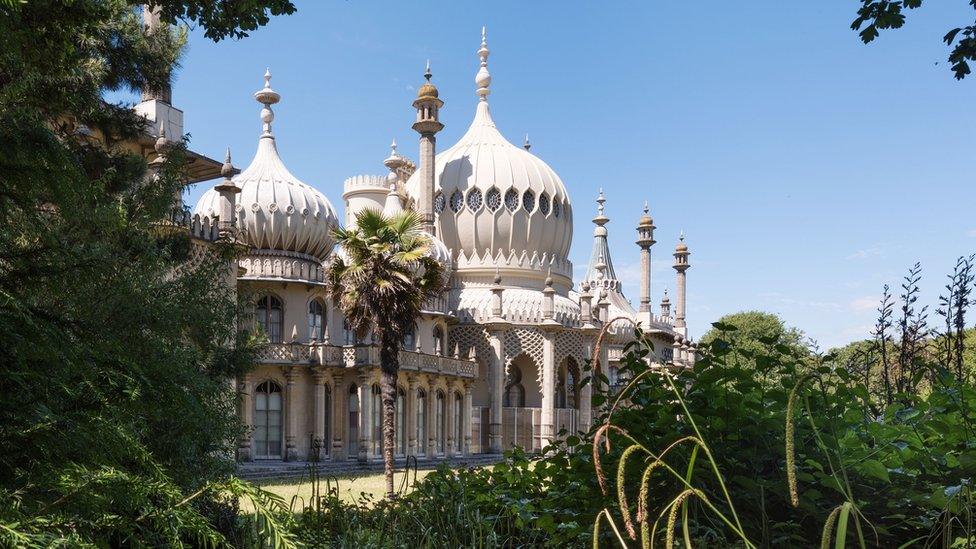
The Royal Pavilion Gardens in Brighton surround the iconic Royal Pavilion and were designed by English architect John Nash. However their increased popularity with visitors is affecting their overall condition.
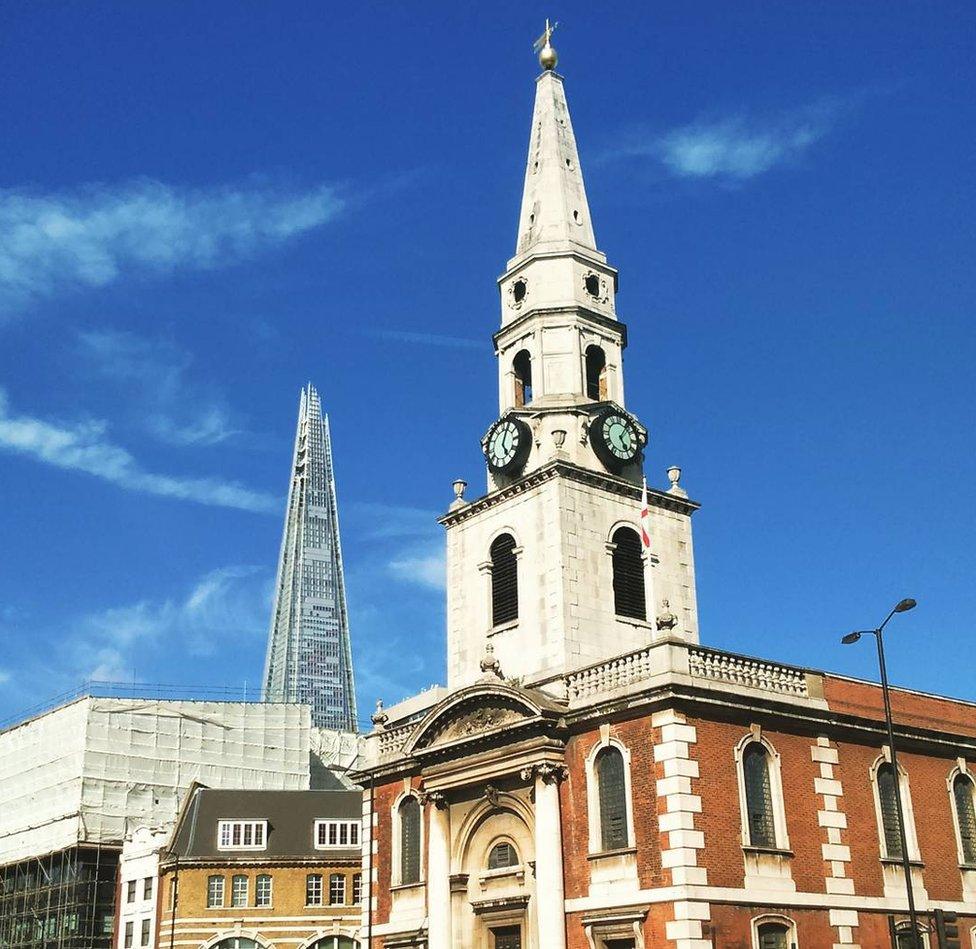
Another addition to the list is St George the Martyr in Southwark, which is often referred to as "Little Dorrit’s Church” for its mention in Charles Dickens’s work. The churchyard was also used for many years as a burial place for prisoners who died in Marshalsea debtors’ prison next door, where Dickens’s father, mother and some siblings were incarcerated for debt. Although currently in a poor condition, the church recently received a grant from the Heritage Lottery Fund for its restoration.
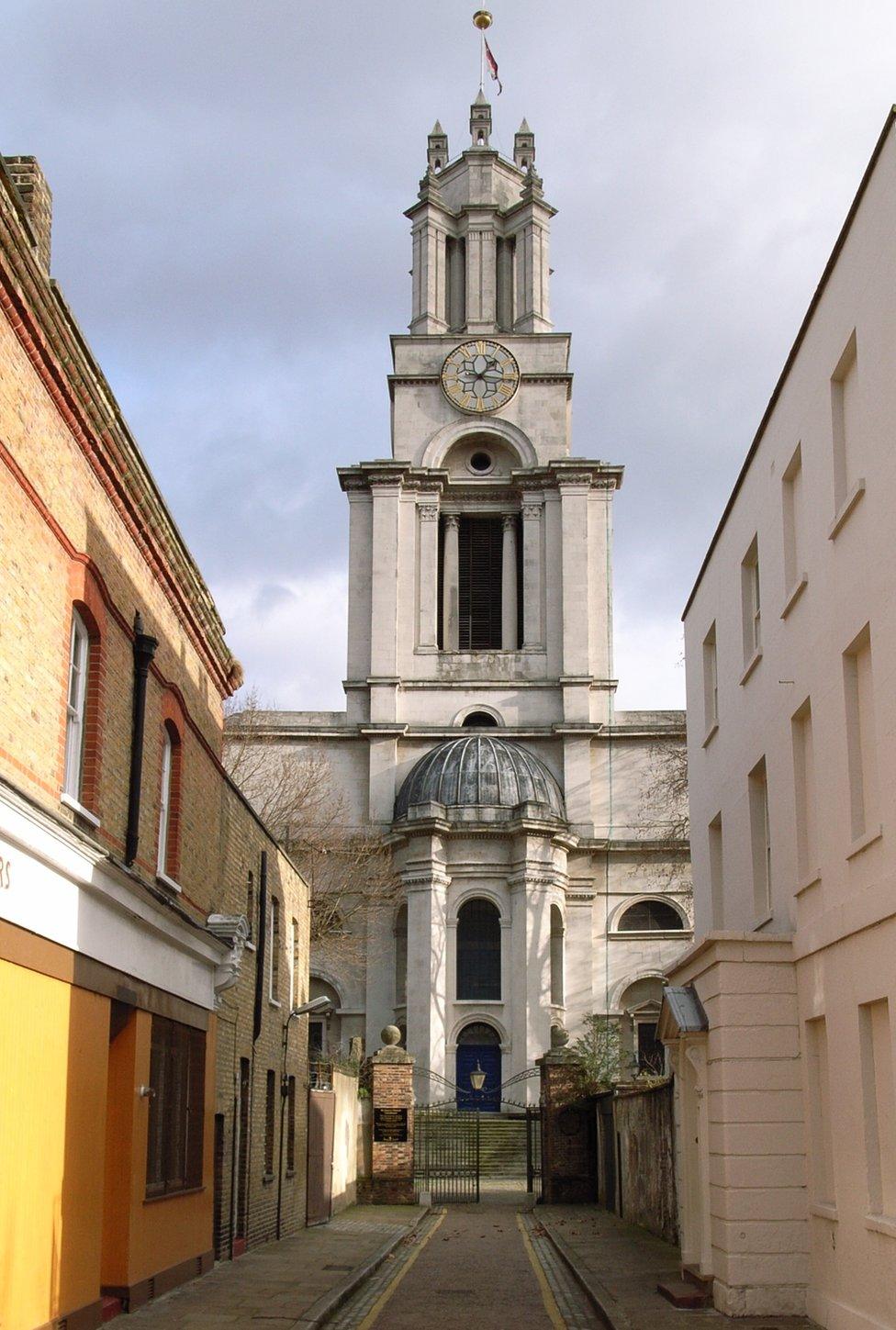
This church was designed by the revered architect Nicholas Hawksmoor and completed in 1730. It was named after Queen Anne, who raised the money to build it and several others by imposing a tax on coal coming up the Thames. The interior is suffering from water damage, leading to its addition to the Register.

Although places are constantly being added to the list, they are also removed. A total of 387 entries have been taken off the Register this year. This villa in Twickenham was designed and lived in by the artist JMW Turner. Although one of England’s greatest painters, his aspirations to pursue a career in architecture are less well known. Sandycombe was built in 1813, to Turner’s own designs, as a retreat for himself and his father from the hectic London art world.

After restoration, the charitable trust which now owns Turner's House has been able to provide a tantalising glimpse into the artist’s architectural ambitions. The house opened its doors to the public earlier this year, and was subsequently removed from the Register.
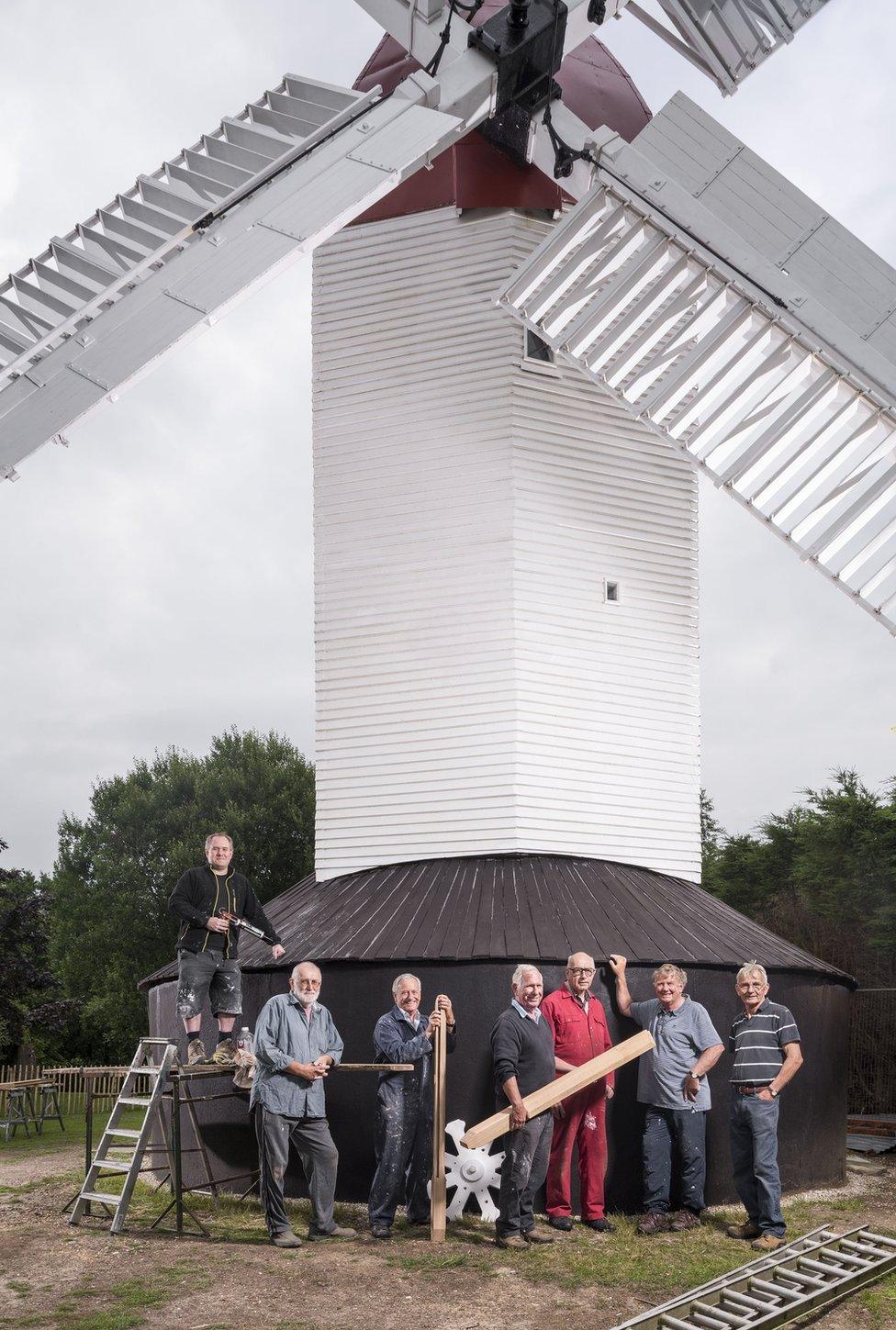
Grade II* listed Argos Hill Windmill in East Sussex had its fan and the shutters of its sweeps missing, and was suffering from lack of maintenance. A volunteer group, the Argos Hill Windmill Trust, launched a fundraising campaign for its restoration. This has resulted in its repair and removal from the Register this year.
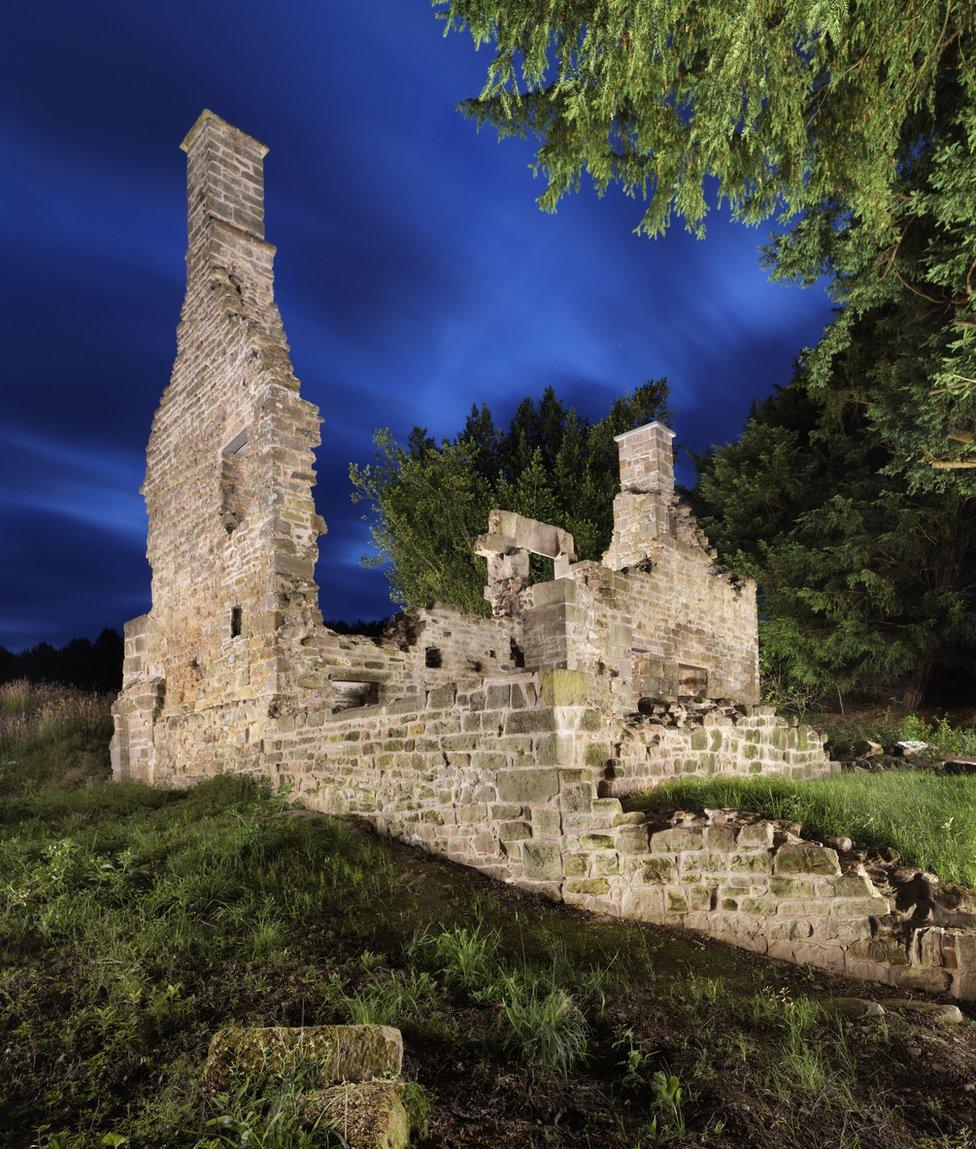
The ruins of the 14th century Penyard Castle are to the south-east of Ross-on-Wye, Herefordshire. The castle has been on the Heritage at Risk Register since 1998, but now that the vegetation which was damaging the structure has been removed and the site has been stabilised and repointed, it has been taken off.
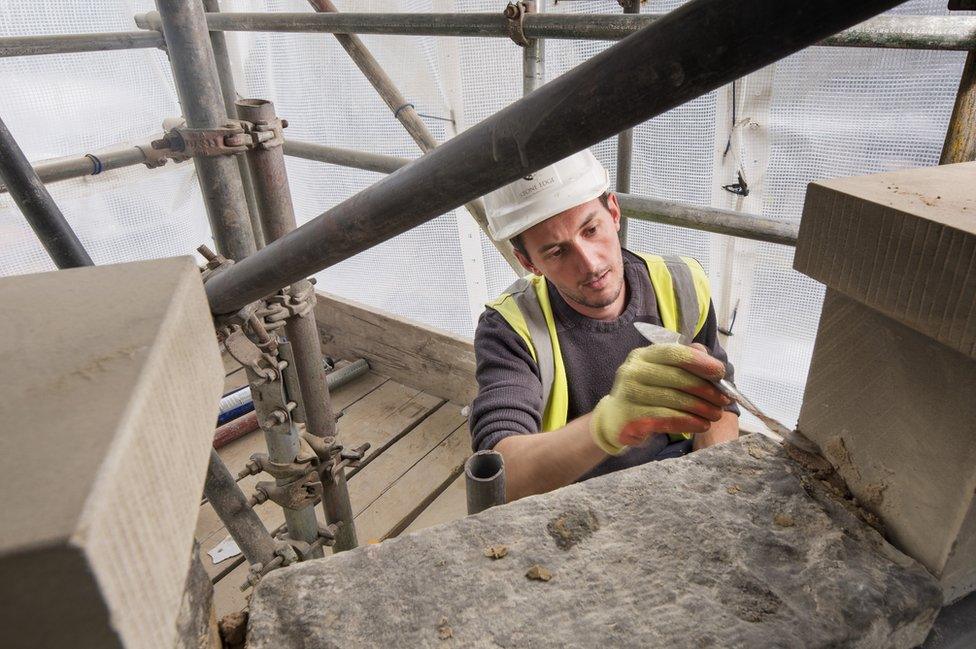
Built in 1814, The Toll House in Stratford-upon-Avon, is a Grade I listed building. The Stratford Historic Building Trust carried out urgent conservation work to the roof and stonework, such as the repointing of the parapet carried out here.
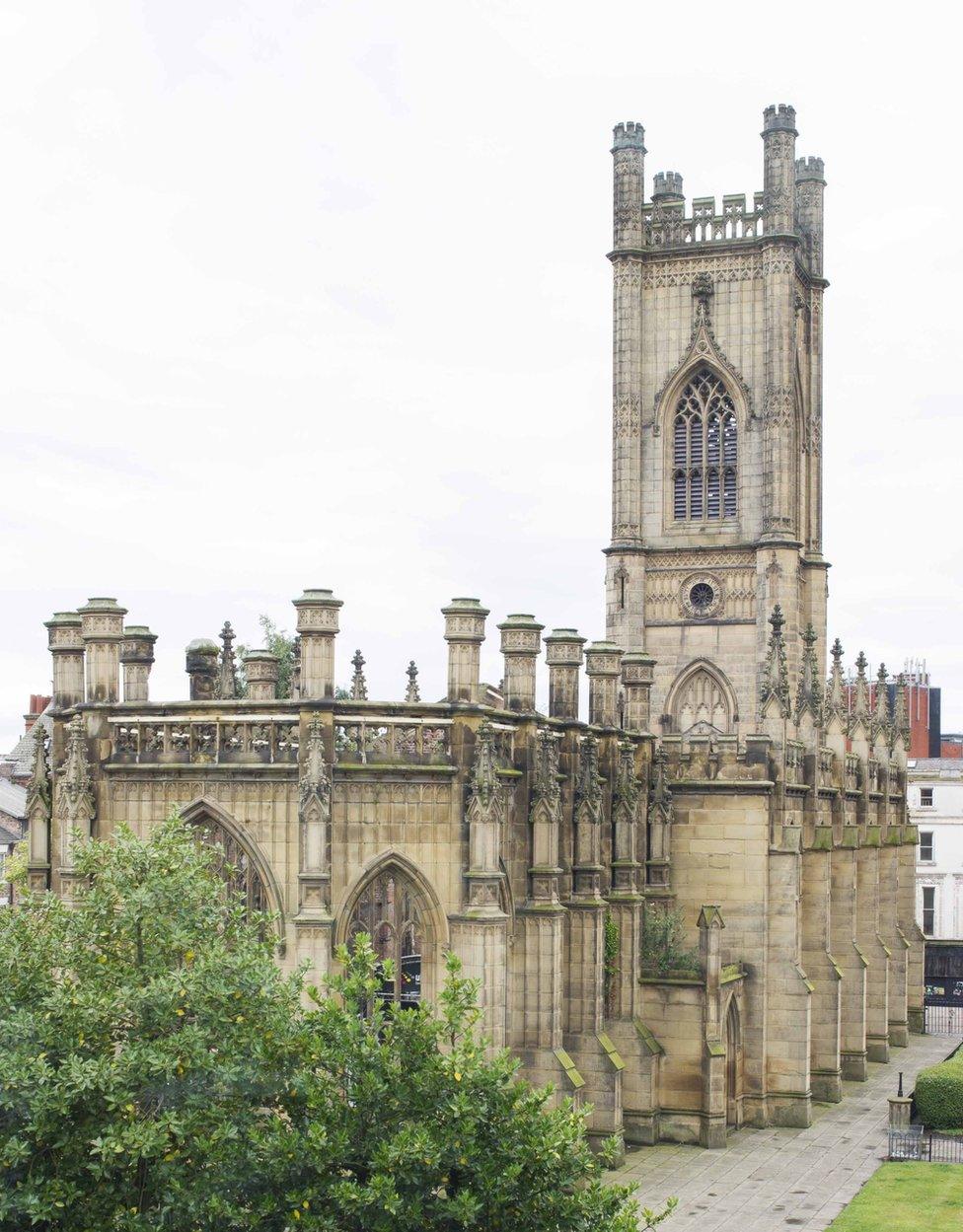
St Luke's in Liverpool, an early 19th Century Gothic church, was burned out in World War Two and had been on the Register since its inception in 1999. Restoration works included removing vegetation, repairing walls, stabilising the masonry and bell frame, securing the tower stonework and re-roofing the tower.
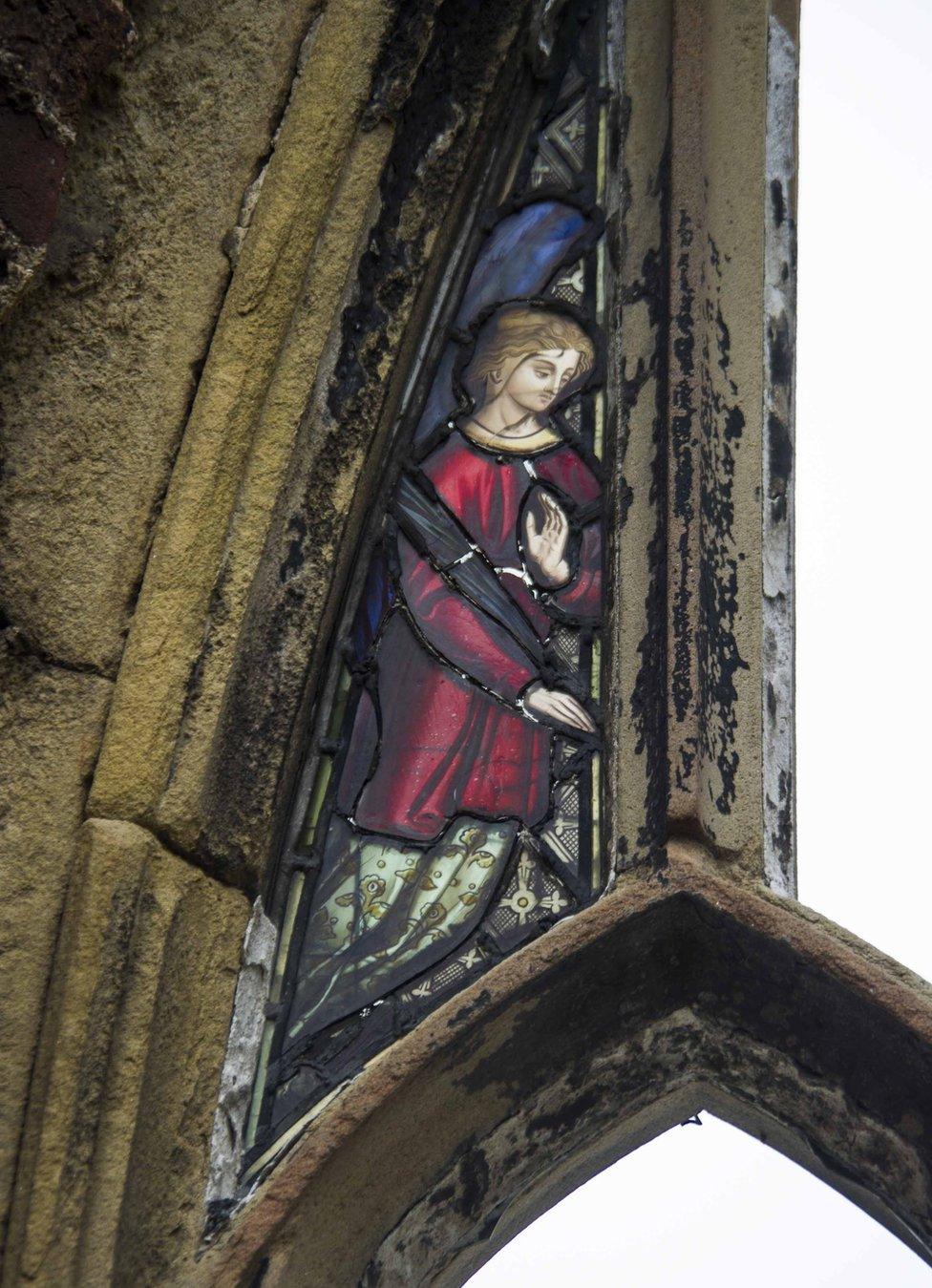
This is one of the few remaining panes of stained glass. The refurbished church, which is now off the Register, will be home to an arts and events space.

Thanks to local volunteers, the prehistoric remains at Birkrigg Stone Circle are safe after bracken infestation damage. These archaeological remains which date back to between 1700 and 1400 BC, are now safe, and have been taken off the Register.